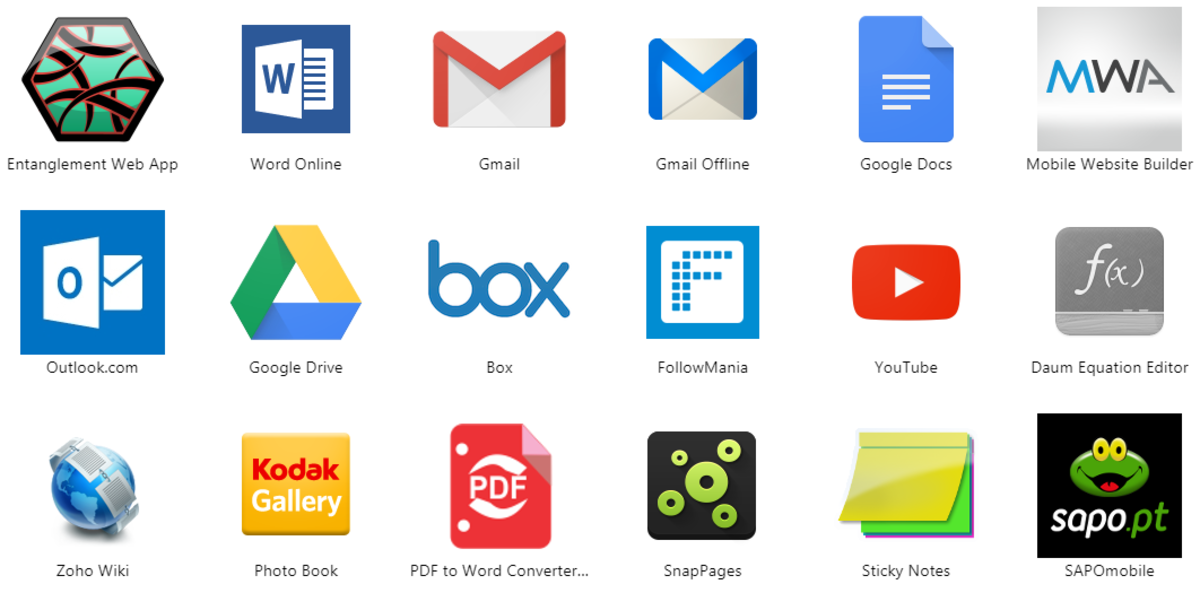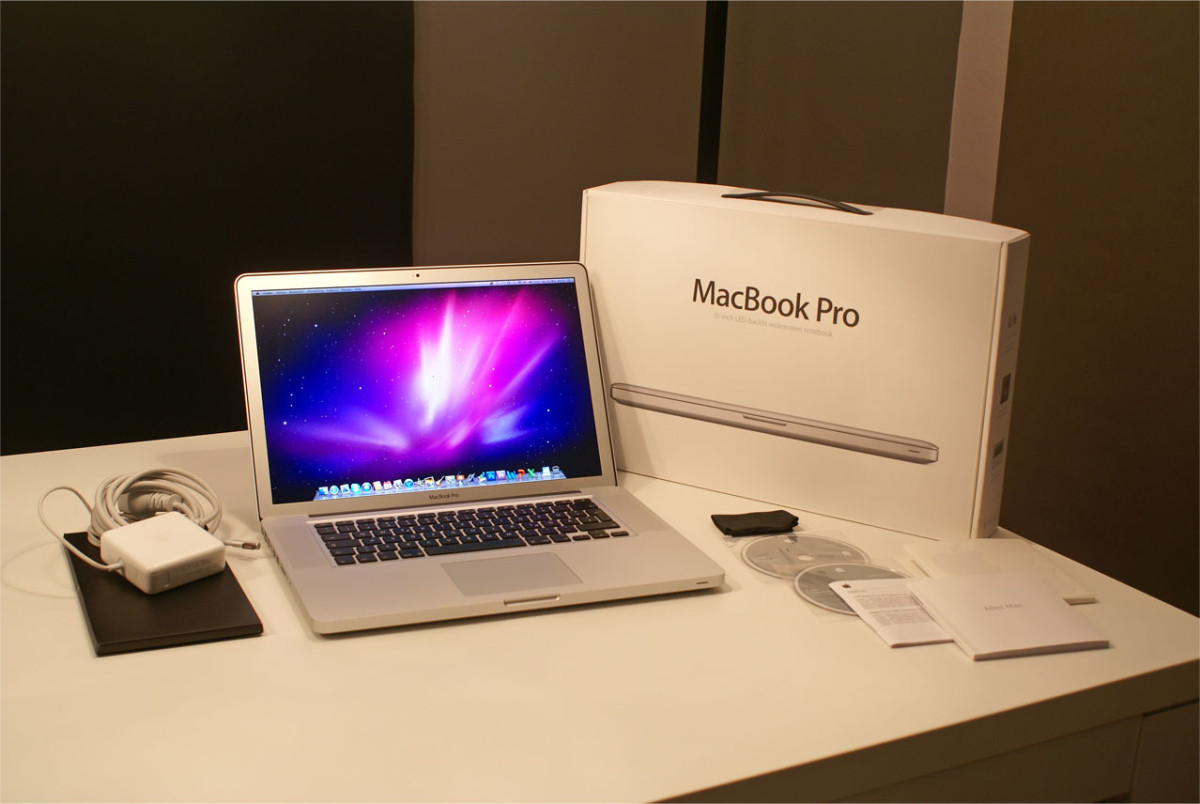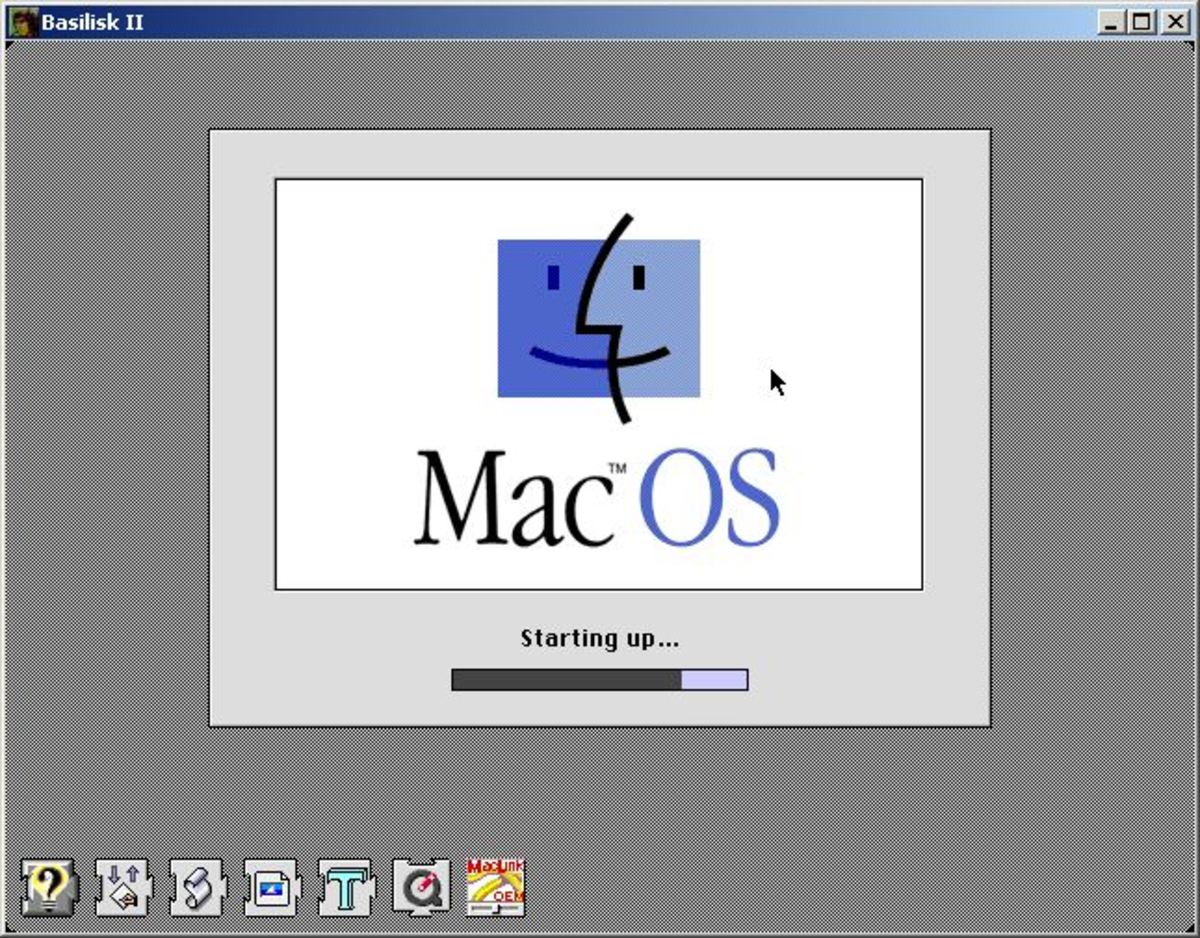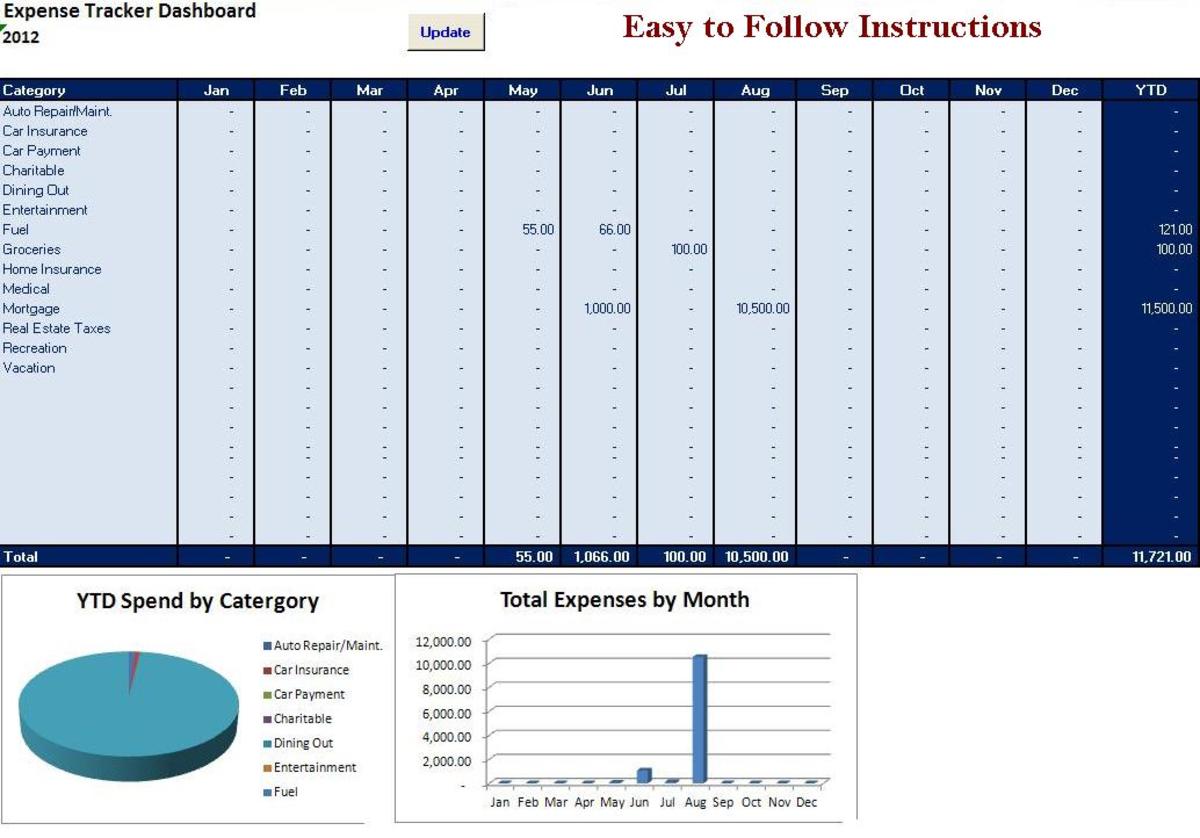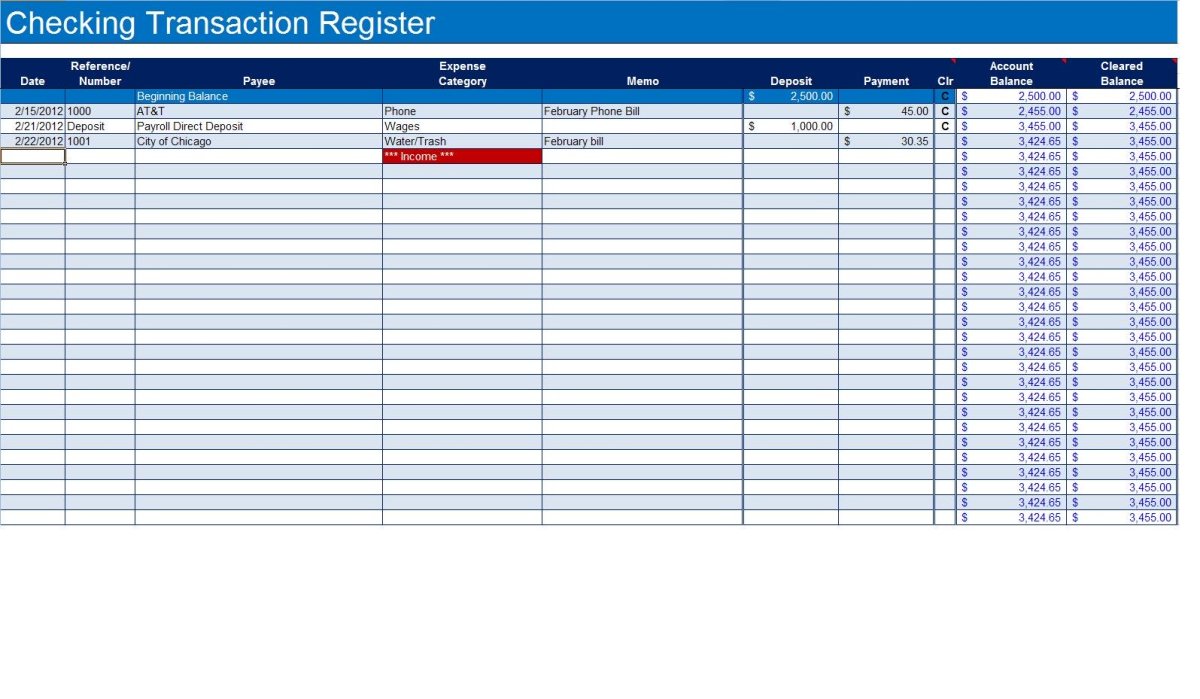- HubPages»
- Technology»
- Computers & Software»
- Computer Software
How to Speed Up and Optimize MAC When it Performs Slow
Mac gives a lot of confidence to its users. It is definitely a wonderful and reliable machine that enables you to perform many professional and personal tasks and takes good care of your digital life.
Does Mac ask for anything in return other than the normal electricity consumption? How about a little maintenance that almost all your other equipment require?
There is a deep-rooted myth that Mac takes care of itself, and that we don’t need to move any muscle in order to keep it at its best. The truth is, a little care won’t harm you and is always needed to speed up your Mac.
This is a simple guide to help you speed up and optimize Mac in order to keep it in pink of its health.

1. Closely Observe the Activity Monitor
Ask any self-proclaimed next-door Mac expert about tips to improve speed of your slowing Mac, and he would quickly jump on the suggestion of adding a supplementary RAM. But the truth is you may not notice any improvements in the computer’s performance even after upgrading RAM.
What if your Mac is not even fully utilizing the existing RAM? What good are you doing to your system by adding more memory (don’t confuse memory with storage space)?
You may take the help of Activity monitor to understand the needs of your system better.
Follow the steps:
- Open all apps that you frequently use (including any game that you play). This will allow you to gauge what happens to the available RAM when you normally perform tasks on your Mac.
- Go to Applications > Utilities > Activity Monitor. Launch Activity monitor.
- Click on a tab named ‘Memory’.
You will be welcomed by a screen showing several columns and a graph called ‘Memory Pressure’.
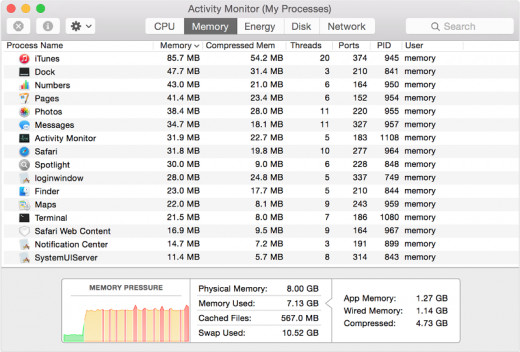
Figure 1 Screenshot is taken from OS X Yosemite. The interface may differ in case you are using any other version of OS.
In the above screenshot, total physical memory (RAM) of the system is shown along with the memory used.
Memory Pressure indicates the instances when memory resources are available (green), memory resources are being tasked by memory-management processes (yellow), and when the available RAM is depleted and operating system is using hard drive space to carry out tasks (red).
As hard drive is significantly slower than the physical memory, your system slows down whenever memory pressure reaches in Red zone.
It goes without saying that if you are noticing a lot of ‘red’ on memory pressure (as it is the case shown above), you need additional RAM. Also, as memory used is inching towards total memory, OS is destined to run out of memory resources as soon as one opens a few more apps.
As long as the memory resources lie fully in yellow or green zone, you are fine and need to look at other ways of improving your Mac’s speed.
2. Disable Startup Items
In Apple’s term, startup items are referred to as ‘Login items’. Login items are those apps and processes that automatically start when you log in to your Mac.
Disabling such login items is very easy. Follow these steps:
(i.) Click-open Apple Menu.
(ii.) Select System Preferences.
(iii.) Go to Users & Groups.
(iv.) Observe all the items listed under ‘List of items’ column. These are apps and services that starts automatically whenever your Mac boots.
Select the item you want to stop from opening automatically.
(v.) Click Remove –.
You may find some memory hogging applications as login items. Disabling such apps speeds up the starting time of Mac and also prevents them from running in background.
3. Update OS of your Mac
Have a good Internet connectivity? If yes, then updating OS (if you haven’t already) should be the next task in your to-do list. Not only OS upgrade provides users with better features, it also patches security issues reported earlier, and thus gives you a safe and secure environment.
To check for latest updates, go to Apple menu, and select ‘About This Mac’. A window will open; click on Software Update.
4. Uninstall Application that are no longer needed
Mac App Store has thousands and thousands of applications. Given the credibility of the app store, we hardly think twice before downloading any applications, but over a period of time many applications (that caught our fancy at one point of time) fade away from our memory.
Uninstall such obsolete applications to free up space in hard disk. To uninstall an app, click on the Finder icon available on ‘dock’, select ‘Applications’ from the left sidebar and drag any app and drop it into the Trash icon, which is available at the end of the dock.
5. Free-up hard disk space
Cleaning up your Mac’s hard-disk helps in two ways.
- It enables organizing or finding files easier.
- It frees up space.
When physical memory gets completely filled up by applications and services, your Mac starts using virtual memory i.e. hard-disk space to carry out read and write operations.
If the hard-disk is almost full, your Mac will hang more often than not.
Delete all apps, image or video files that are no longer needed. You can take help of applications such as Duplicate Photos Fixer Pro for your Mac that removes duplicate videos, and similar or identical photos.
6. Use any Third-party cleaning application
This is recommended for non-techy people. If you don’t want to manually do all hacks to keep your system energized, you can simply use any inexpensive third-party application for cleaning your Mac.
I would recommend Disk Clean Pro by Systweak Software because it is a free disk cleaner for Mac and does its job without any trouble. There is a built-in uninstaller, memory optimizer, duplicate finder (to remove duplicate files), and one-click cleaner (removes junk and other unneeded files).
You may use any other Mac junk cleaner, but make sure you do not end up spending more than the worth of benefits you are getting.
These easy-to-follow tips should yield good results for you. In case you find no considerable jump in the performance of your computer, I am afraid you have to consider hardware upgrades and shell out some money.


